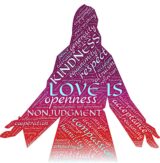the anunnaki
Awaken the Spirit: Hack Five "Who Are the Anunnaki?"

The Anunnaki, often described as ancient deities or advanced beings, have captivated humanity’s imagination for centuries. Originating from Sumerian mythology, they are said to have come “from heaven to earth,” playing pivotal roles in shaping human civilization. Some interpretations suggest they were not just gods, but visitors from beyond our world, influencing humanity’s development through advanced knowledge and technology.
an overview
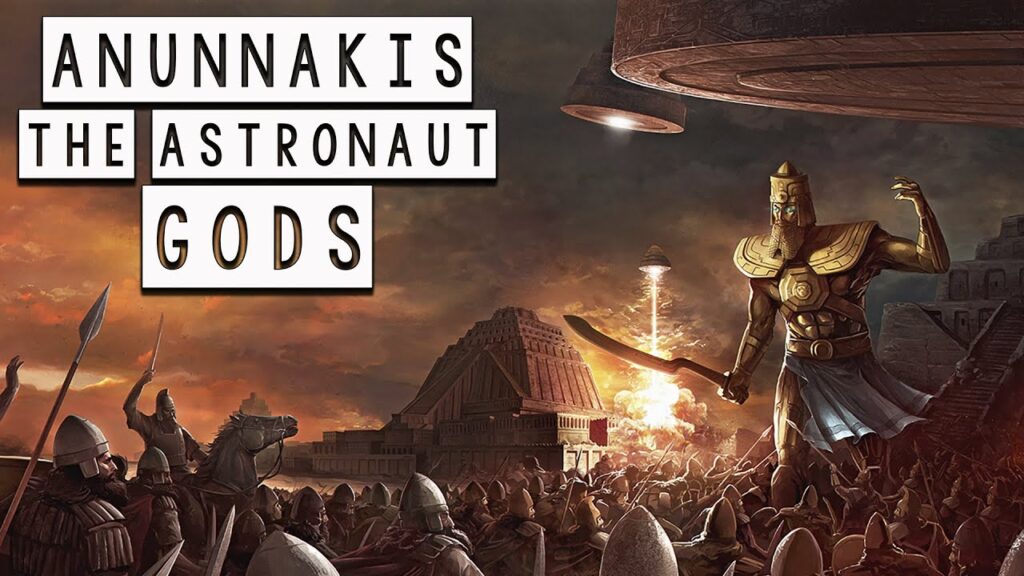
According to speculative narratives (e.g., Sitchin), the Anunnaki were extraterrestrial beings from Nibiru, a hypothetical 12th planet in the solar system. They allegedly came to Earth over 400,000 years ago in search of resources, particularly gold, to repair their planet’s atmosphere.
The Anunnaki are a group of deities in ancient Sumerian, Akkadian, Babylonian, and Assyrian mythologies, and their story is primarily recorded in Sumerian cuneiform texts, particularly from around 2500 BCE. Their role in mythology is complex, and their origins, actions, and genealogies are central to understanding the development of early Mesopotamian civilization.
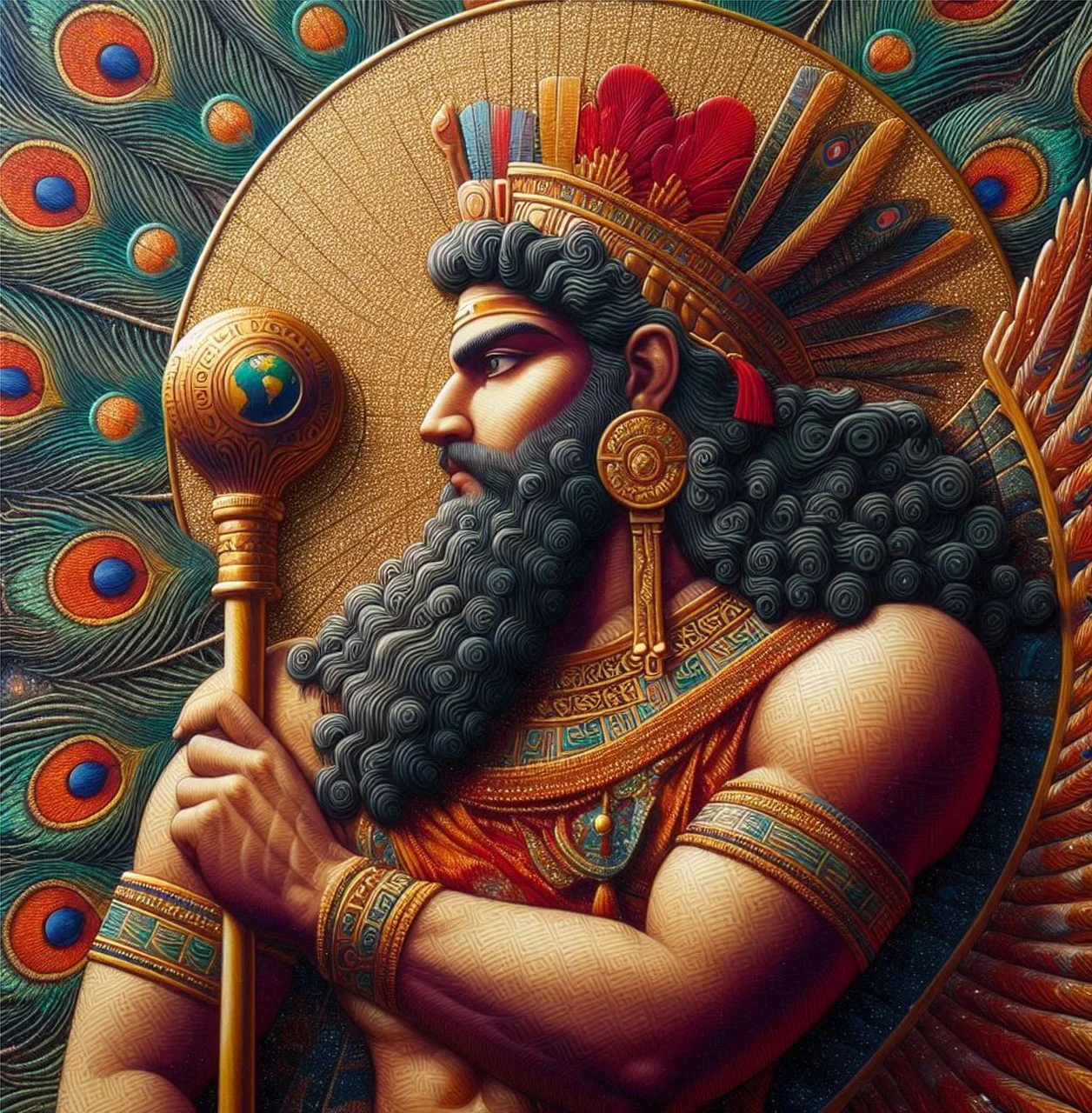
Major Figures of the Anunnaki
Enki (Ea):
- Role: God of wisdom, water, and creation.
- Oversaw the engineering of humans (homo sapiens) to serve the Anunnaki’s mining efforts.
- Advocated for humanity’s survival and often clashed with his brother Enlil.
- Based in Eridu, considered one of the oldest cities of Mesopotamia and a primary Anunnaki base.
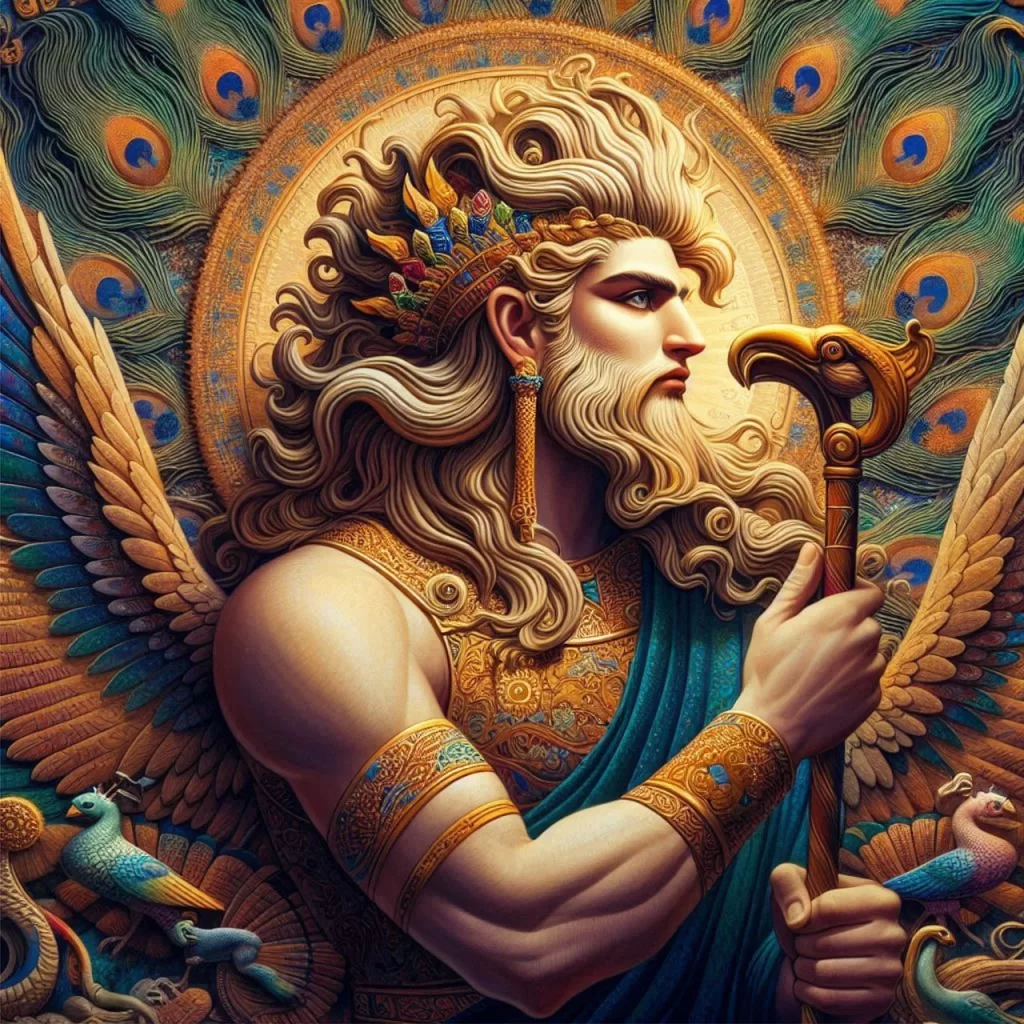
Enlil:
- Role: God of air and supreme authority over Earth’s operations.
- Viewed humans as disposable tools, often in opposition to Enki.
- Associated with Nippur, a central administrative city and presumed spaceport.
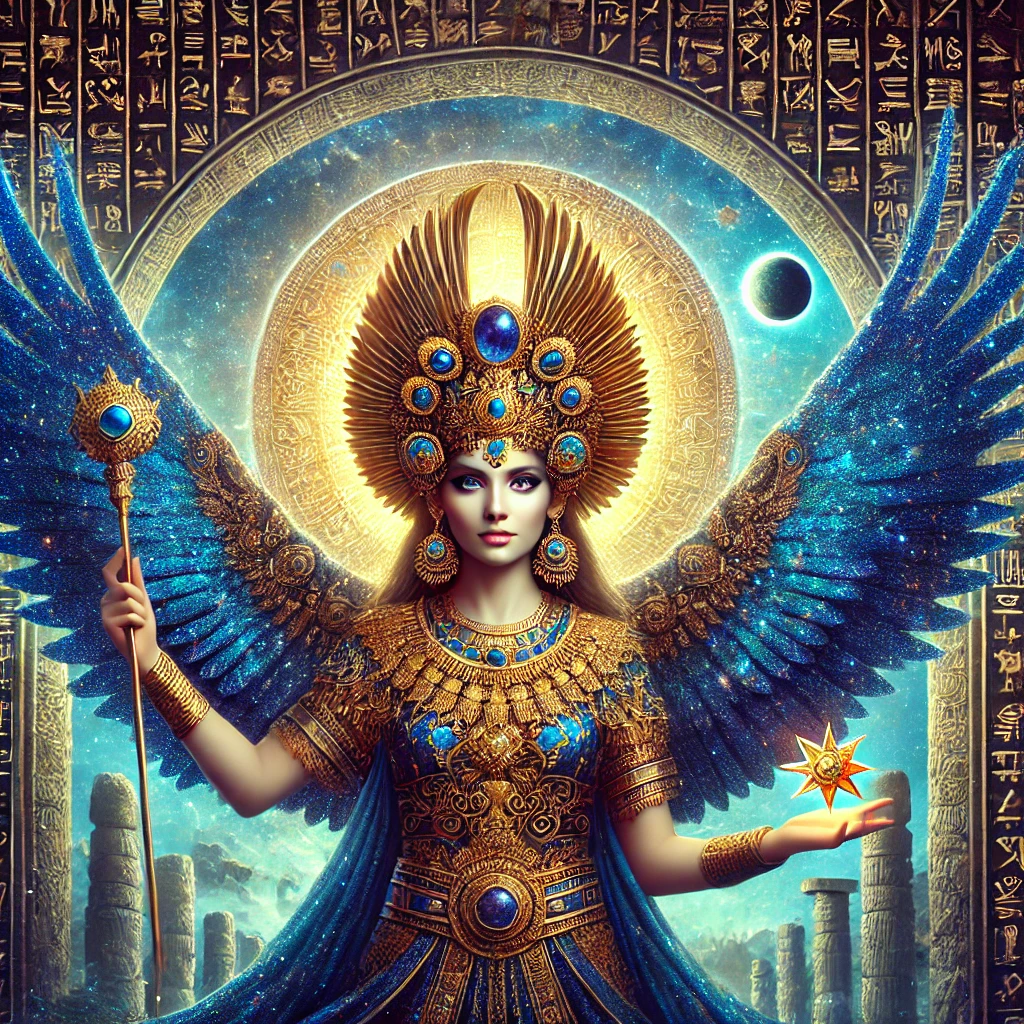
Inanna (Ishtar):
- Role: Goddess of love, war, and fertility.
- Played key roles in the development of human civilization, often as a champion of certain city-states (e.g., Uruk).
- Her power struggles were central to later conflicts, including the so-called Pyramid Wars.
Anunnaki Cities and Spaceports
- Eridu: Early settlement; Enki’s domain and site of initial operations.
- Nippur: Religious and administrative center; Enlil’s seat of power.
- Sippar: Spaceport managed by Utu (Shamash), the solar deity.
- Uruk: Inanna’s city; hub of commerce and culture.
- Jericho: A strategic outpost/spaceport established by the Anunnaki.
- Ur: Political and economic powerhouse.
- Babylon (Babel): Later prominence as a key cultural and religious site.
- Sharuppak: Associated with flood legends and Ziusudra (Noah).
Contributions to the Development of Human Civilization
The Anunnaki are credited in various texts with significant contributions to the development of human civilization. According to the myths, they brought various elements of culture, technology, and governance to early human societies:
- Creation of Humankind: One of the key myths is that the Anunnaki created human beings. According to the Enki and Ninmah myth, the Anunnaki fashioned humans out of clay and imbued them “with the breath of life” and civilized humanity by utilizing MEs and the Tablets of Destiny. allowing them to serve as laborers. This was perhaps the most fundamental “contribution” — the creation of humanity itself.
- Agriculture and Civilization: The Anunnaki were believed to have taught humanity the skills necessary for agriculture, writing, and other basic technologies. For example, the god Enki is often associated with the gifts (MEs) of civilization, including the knowledge of farming, irrigation, and various forms of craft and building. The Anunnaki are also credited with the establishment of laws, often embodied in the form of written codes.
- Writing and Record-Keeping: The Sumerians, under the guidance of their gods (including the Anunnaki), developed the earliest known system of writing — cuneiform. This was crucial for the development of bureaucracy, trade, and the recording of religious texts, laws, and historical events.
- Religion and Governance: The Anunnaki were seen as the divine figures overseeing not only the natural world but also the social and political order of Sumerian society. Kings were often thought to rule as representatives of the Anunnaki, and their authority was believed to derive directly from the gods. Temples to the Anunnaki were established throughout Mesopotamia, and their priests and priestesses held great power.
- Astronomical Knowledge: The Anunnaki were also associated with the heavens and were believed to possess advanced knowledge of astronomy and the celestial bodies. This knowledge was essential for the development of calendars, timekeeping, and agricultural cycles.
Conclusion
The Anunnaki, as portrayed in the Sumerian texts, were not just gods in the abstract but the driving forces behind much of what is considered the foundation of human civilization. Their mythology interweaves the divine with the material world, explaining the origins of human beings, the establishment of cities, and the development of agriculture, writing, and law. Whether interpreted as divine beings, mythical figures, or the subject of modern speculative theories, the Anunnaki remain a central part of ancient Near Eastern mythology and an enduring symbol of the mysteries of human origins and the rise of complex societies.
Reflecting on the Anunnaki’s influence, we begin to see how their legacy intertwines with humanity’s story of growth and transformation. Their role as cosmic mentors offers a lens through which we can view the shaping of human civilization and the seeds of progress—and challenges—that they might have sown.
Now, we shift our focus to the historical events and traumas that have marked our journey. These moments, shaped by both human decisions and cosmic forces, reveal patterns of struggle, resilience, and evolution. By understanding these pivotal points, we can begin to uncover the pathways to healing and greater awareness.
the seeds of spiritual PTSD are sown

The Younger Dryas and Aftermath
- The Younger Dryas (~12,900–11,700 years ago) brought climatic upheaval. Speculative theories suggest this period marked a withdrawal of Anunnaki support as resources dwindled or internal conflicts escalated.
- Pre-Flood Civilization: Humanity, guided by the Anunnaki, flourished in cities, but tensions over human autonomy and Anunnaki interferences increased.
- Post-Flood Civilization: After the Great Flood (likely linked to Mesopotamian flood myths and the biblical account), surviving humans rebuilt with limited Anunnaki guidance. The flood is speculated to be a deliberate event to reset human civilization, possibly involving advanced technology.
The Great Flood and Anunnaki Technology
- Ziusudra (Noah) was reportedly warned by Enki of the impending deluge. Some theories propose that the Anunnaki provided advanced vessels, akin to a submarine, for survival.
- Post-flood, the Anunnaki allegedly shifted their focus to more indirect guidance of humanity, establishing kingship as a means of governance.
Pyramid Wars
- First Pyramid War:
- A conflict between Enki’s and Enlil’s factions over control of Earth’s resources and humans.
- The Giza pyramids are speculated to have been central to this conflict as energy or navigation hubs.
- Second Pyramid War:
- Escalated tensions, possibly involving Inanna and her ambitions, leading to widespread destruction and eventual resolutions.
Jericho as a Spaceport
- Jericho, one of the oldest human settlements, is theorized by some to have been a minor Anunnaki outpost or landing site.
Tower of Babel
- The Tower of Babel was a human attempt to replicate Anunnaki technology, possibly a ziggurat or advanced tower. Some scholars speculate that the tower was actually an attempt by humans to build a stargate. Its destruction symbolized the Anunnaki’s decision to limit humanity’s technological reach.The Anunnaki also created confusion in the languages of mankind which contributed to a major miscommunication and the next event on this list.
Destruction of the Five Cities on the Plain
- Associated with biblical stories like Sodom and Gomorrah, some speculative accounts suggest that these cities were destroyed by Anunnaki-directed energy weapons during a conflict. We will explore this theory in greater detail later, but for now, it is important to note that the event is believed to have occurred in 2024 BCE.
Sargon the Great and the Rise of Empires
- Sargon of Akkad: Believed by some theories to have had Anunnaki patronage. His rise marked a shift from direct Anunnaki rule to human-led empires under their influence. His biography is one of the documents cited on Page 5 (on the home page).
conclusion
The Anunnaki’s influence on Earth’s early history, from genetic modifications to societal interventions, sowed the seeds of humanity’s potential for both greatness and destruction.
These interventions, while laying the foundation for advanced civilizations, also initiated cycles of trauma and conflict that have echoed through the millennia. The destruction of the five cities on the plain, the chaos of the Younger Dryas, and the violence documented in the Old Testament reflect not only humanity’s struggles but also its inherited wounds. These seeds have grown into the whirlwind we now face in 2025—a global storm of spiritual PTSD, ecological collapse, social unrest, and the lingering scars of generational trauma.
Yet within this maelstrom lies a profound opportunity. As we grapple with these challenges, we are also poised for a collective awakening. The ancient Anunnaki may have set humanity on this turbulent path, but the responsibility to transform the whirlwind into a force for healing and ascension now lies with us. By turning inward to awaken the dormant power of our spirits, we can release the traumas of the past, align with higher consciousness, and pave the way for a future where humanity transcends its limitations, creating harmony both within and among the stars.
